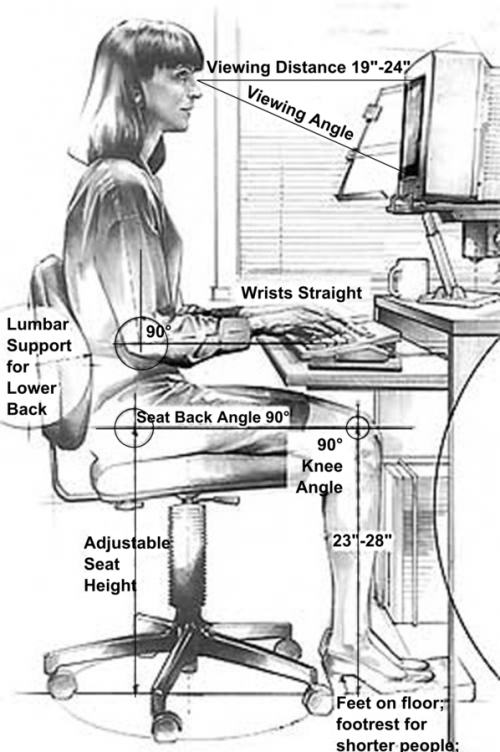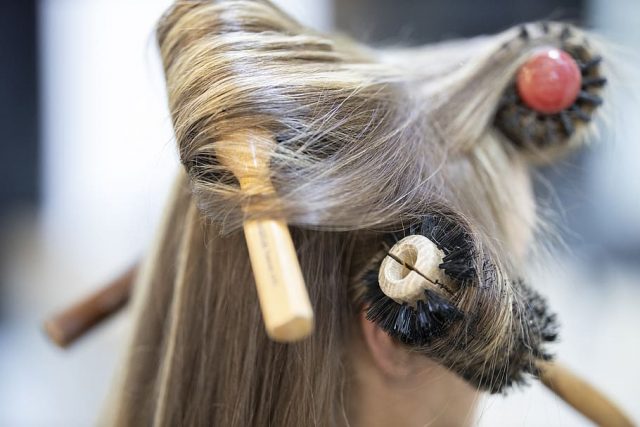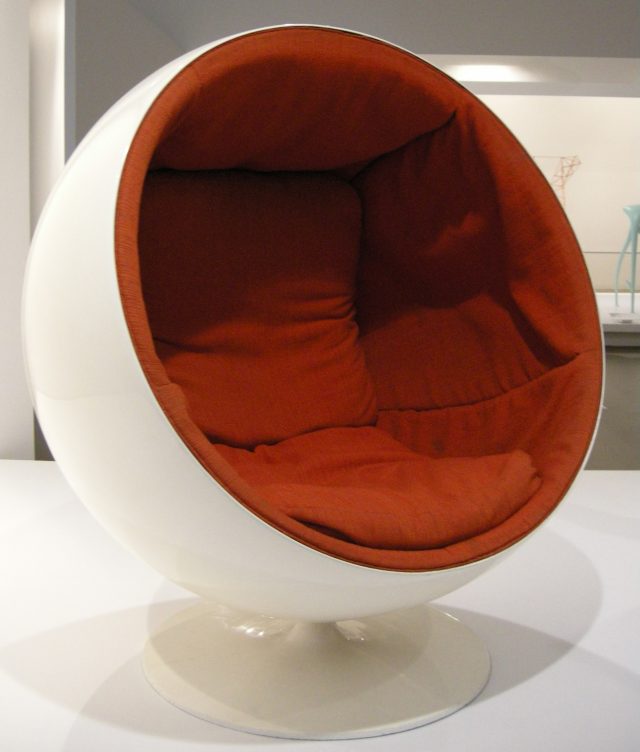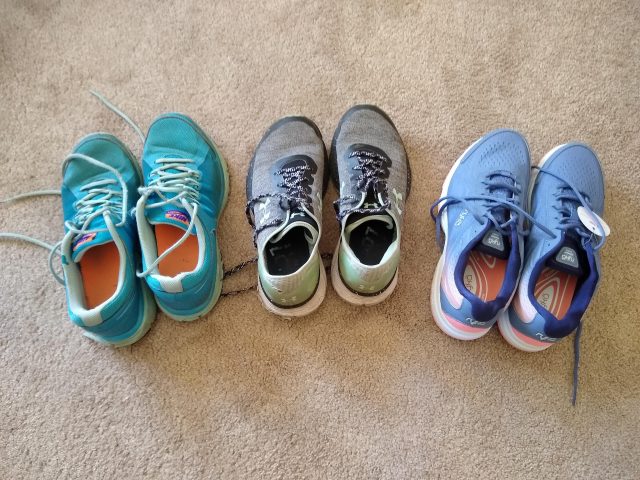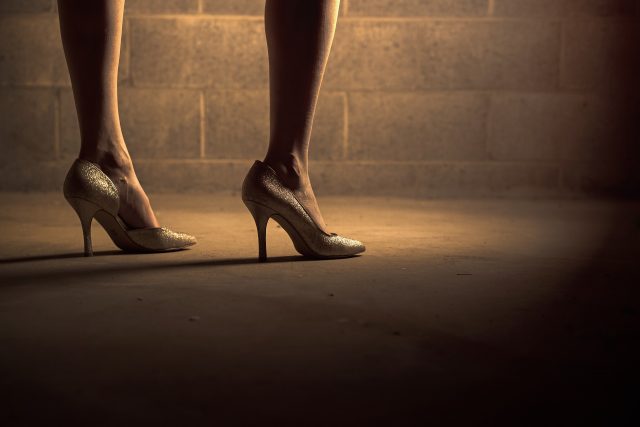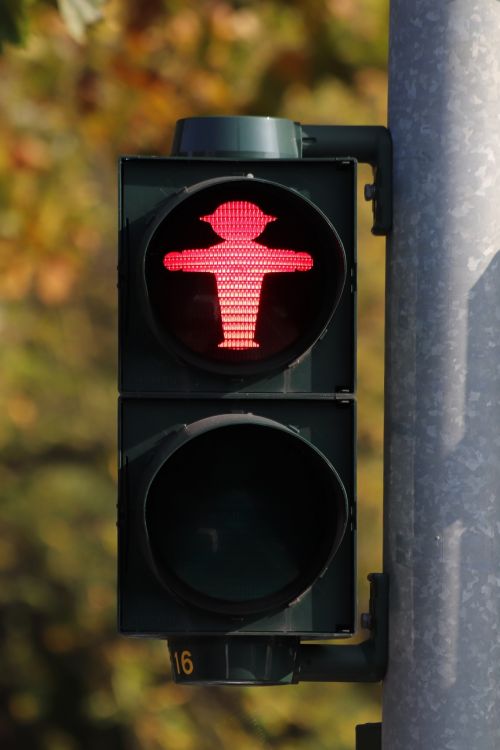I decided to spend some time researching the optimal reclining work setup. I found that solutions do exist, and I have some ideas for how to improve my setup.
Category: Sitting Disabilities
Ergonomists Care About Hairdressers. Why Not Sitting Disabilities?
Ergonomics and occupational health experts have long realized that hairdressers and stylists face unique hazards and physical stresses at work, and several governments (including the EU and Canada) and have weighed in on the risks.
I Bought a Blueberry Bush
I’ve noticed that, since I threw in the towel and admitted to having a sitting disability, I’ve become more prone to this type of slightly irrational, snap decision making. An idea will burst into being in my mind, and shortly thereafter, it will take on the sheen of destiny. I crave something, but I’m not at all sure that thing is fresh produce.
No Thanks, I’d Rather Stand. And Could I Opt Out of Civilization?
The thing that often gets lost in the discussion of sitting disabilities is just how socially meaningful and culturally ingrained the act of sitting is.
The Right Shoes for My Upright Life
Now that I have a sitting disability, shoes are less of a fashion statement, and more of a medical device.
The Best Article You’ll Ever Read About Malaysia’s Workplace Safety Guidelines
Canada and Malaysia, which are two countries I’ve never grouped together before, both offered surprisingly useful information on standing and working.
Standing in the Workplace: NIOSH Weighs in
In 2014, authors from The National Institute for Occupational Safety and Health (NIOSH), which makes recommendations for work-related safety and injury prevention, released a thorough review of the dangers of prolonged standing and the effectiveness of various interventions.
Are You Standing in the Red Zone?
This study, and the standing safety guidelines, provides a useful objective assessment tool, and could be a useful data point when discussing workplace accommodations.
12 Sitting Disability-Friendly Hobbies
When you have a sitting disability, you get used to rethinking daily activities. Work is often tough, transportation is a challenge, and socializing is awkward. Even your free time gets harder to manage – many hobbies are tough to adapt. Unless you’re a glutton for punishment, you will probably not be racing motorcycles or kayaking. But believe it or not, there are plenty of hobbies out there that are sitting disability-friendly. Twelve of my favorite options are listed below. For the Outdoorsy 1) Hiking/Walking. It’s hard to find an activity with a better cost/benefit ratio. All you really need to…
In 1700, This Guy Knew Standing Was Bad for Your Health
Ramazzini’s particular scholarly interest was the connection between occupation and health. His book provided a comprehensive look at the occupational health hazards different types of workers were exposed to. Many chapters are devoted to specific vocations (farmers, fishermen, midwives, miners, wet nurses, etc.), but there are also two chapters broadly devoted to “Workers Who Stand,” and “Sedentary Workers.”
